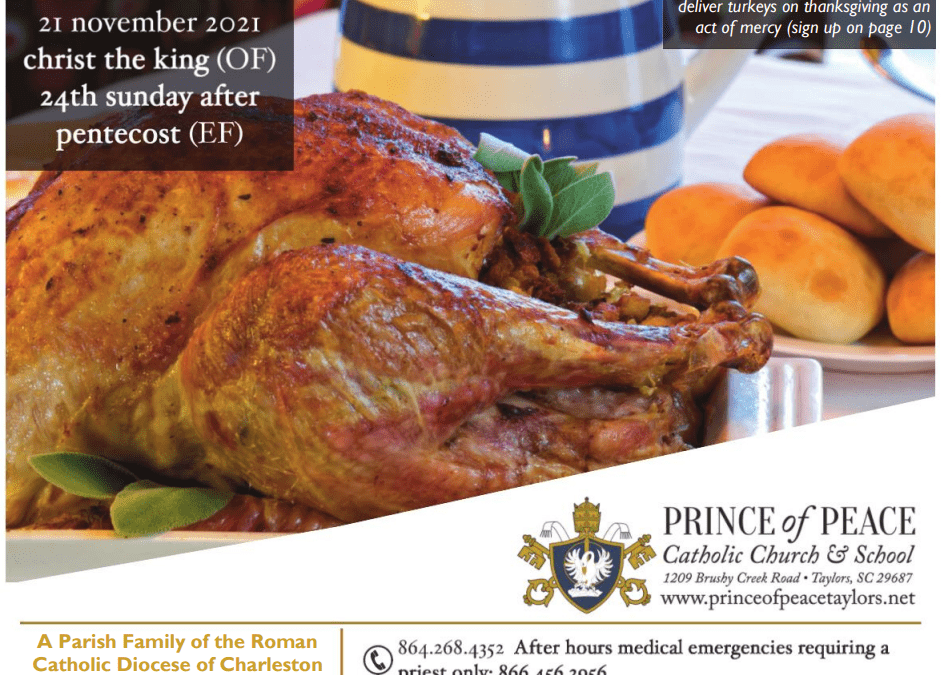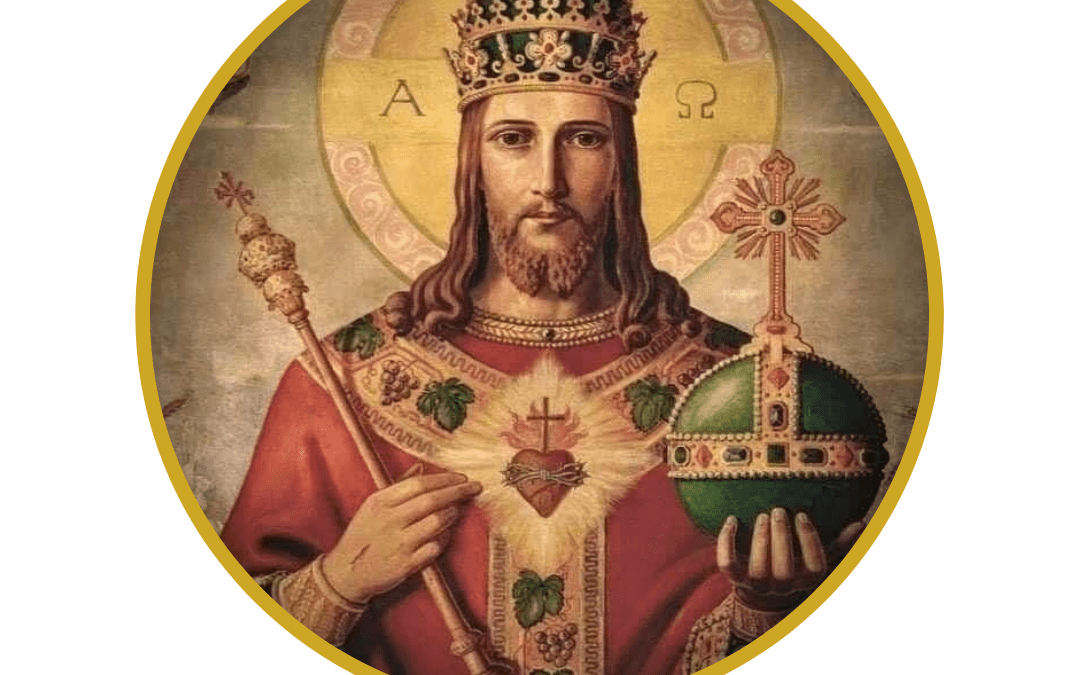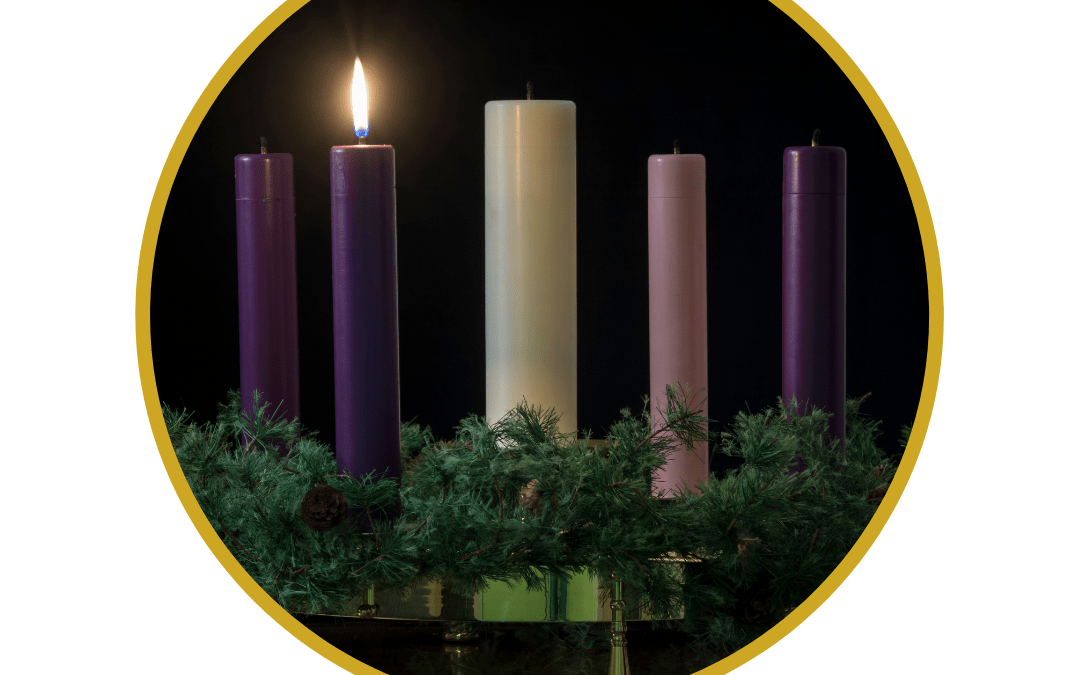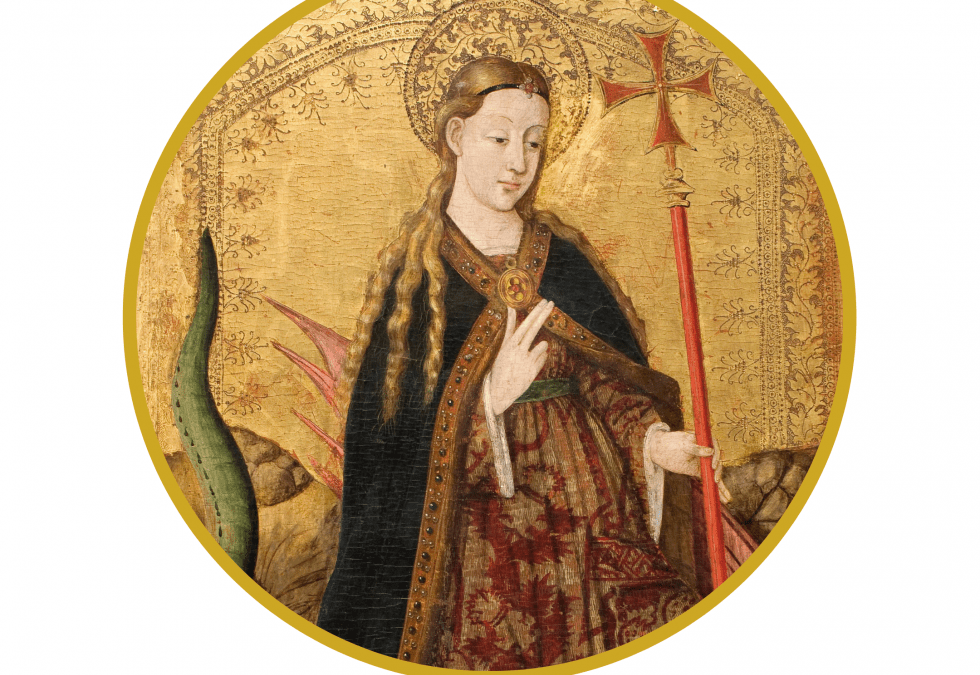
21 November 2021 Bulletin
Click to read this week’s bulletin: 21 November 2021 Bulletin

Click to read this week’s bulletin: 21 November 2021 Bulletin

21 November: Feast of Christ the King (the Solemnity of Our Lord Jesus Christ, King of the Universe). Celebrated on the last Sunday of the liturgical year, this feast day was established by Pope Pius XI in 1925. As a response to the rise of secularization, atheism, and communism in the world and to publicly acknowledge the supremacy of Jesus Christ over all men and nations, Pope Pius XI issued the encyclical Quas Primas. This encyclical added the feast of “Our Lord Jesus Christ the King” to the Church liturgical calendar. It designated the feast to be celebrated on the last Sunday of October. This date, near All Saints’ Day and four weeks before Advent, was carefully chosen. It reminded the people that Jesus Christ is not only King of this world, reigning over the nations; He is also the eternal King, glorified by the saints in heaven, who will one day come to judge humankind. In his encyclical, the pope noted that the world’s disorder was the result of nations rejecting Christ. The pope instructed the faithful to use this annual feast as a time to consecrate themselves to the Sacred Heart of Jesus; tying the celebration to devotion to the Sacred Heart and to the living Christ in the Eucharist. In 1969, Pope Paul VI further enhanced this feast. To emphasize Christ’s universal reign, he changed the feast day name to “Our Lord Jesus Christ, King of the Universe”. He also changed the feast date to the last Sunday in the liturgical year, emphasizing even more strongly the connection between Christ’s kingship and His second advent (coming) to judge the world. Fr. Smith aptly referred to this new feast date as “the crown of Ordinary Time”. The pope also raised this feast to the highest rank of celebration on the Church calendar: that of a solemnity. Today, peace still eludes us; social, political and economic upheaval is still prevalent; and the nations continue to reject the Gospel. The world needs now, more than ever, our Christian witness to Christ the King’s rule over all things.
23 November is the feast day of Blessed Miguel Pro. It is a perfect tie-in to learn the phrase that this Mexican martyr bravely died proclaiming: “Viva Christo Rey!” (“Long live Christ the King!”)
Ideas for celebrating this feast day at home:
“If to Christ our Lord is given all power in heaven and on earth; if all men, purchased by his precious blood, are by a new right subjected to his dominion; if this power embraces all men, it must be clear that not one of our faculties is exempt from his empire. He must reign in our minds, which should assent with perfect submission and firm belief to revealed truths and to the doctrines of Christ. He must reign in our wills, which should obey the laws and precepts of God. He must reign in our hearts, which should spurn natural desires and love God above all things, and cleave to him alone.” (Quas Primas, Pope Pius XI)

28 November: First Sunday of Advent. The word Advent comes from the Latin adventus, which means a coming or arrival. Advent is the first liturgical season of the Church Year; it begins today and ends on December 24th. Don’t skip Advent – it’s there for a reason! It is a time of hopeful, joyous preparation for the coming of the Savior. The liturgical colors of Advent are violet and rose. Violet symbolizes penance, preparation and sacrifice. Rose is used on the Third Sunday of Advent, Gaudete Sunday (Gaudete is Latin for rejoice.) The color rose signifies anticipatory joy that the waiting is half over; Christmas is near.
Advent is a time for us to prepare our minds and hearts for Jesus (through prayer, penance, fasting). We think of Advent as a time to prepare for Christmas, or the First Coming of Christ, but it should also remind us to look forward to the Second Coming of Christ.
“When the Church celebrates the liturgy of Advent each year, she makes present this ancient expectancy of the Messiah, for by sharing in the long preparation for the Savior’s first coming, the faithful renew their ardent desire for his second coming. By celebrating the precursor’s birth and martyrdom, the Church unites herself to his desire: “He must increase, but I must decrease.”” (Catechism, 524)
Here are some ideas for how you can celebrate the holy season of Advent. Remember, you don’t have to do it all—just choose a few, and see what blesses your family. The ultimate goal is to use the season of Advent to prepare our minds, hearts, and homes for the birth of Christ.
Ideas for celebrating the season of Advent in your home:
Go to the Sacrament of Reconciliation as a family; pray together; attend mass; do everything you can to prepare your heart and soul for the coming of Our Savior!
The following document must be completed and original copy returned to the parish office by the person who desires a funeral and burial according to the Extraordinary Form.

16 November: Saint Margaret of Scotland. Born in Hungary in 1046, Margaret was the great-niece of Saint Edward the Confessor. She was a Saxon princess, raised in Hungary where her father was living in exile. She spent her childhood there as an unusually devout and pious girl. The family eventually went to England, when her father was called to high office by his uncle, King Saint Edward III. Margaret’s father died suddenly. She and her mother had to flee yet again; this time to the court of Malcolm, the King of Scotland. Upon instructions from her mother, Margaret married King Malcolm in 1069. The country was blessed by her holy life and deeds of charity for the next thirty years. Margaret had eight children and proved to be a model mother and exemplary queen who brought up pious children. She zealously trained her children in the practice of Christian virtues. Margaret also worked hard to improve the morality of her subjects. In the midst of royal splendor, Margaret chastised her flesh by mortification and vigils and often passed the greater part of the night in devout prayer. Her most remarkable virtue was love of neighbor, particularly love toward the poor. Her alms supported countless unfortunates; daily she provided food for three hundred souls and shared in the work of serving them personally, washing their feet and kissing their wounds. Queen Margaret of Scotland is the secondary patroness of Scotland. She is also the patron saint of large families, learning, queens, widows, and the death of children. St. Margaret’s copy of the Gospels is preserved in the Bodleian Library at Oxford University.
Ideas for celebrating this feast day at home:
Today, 16 November, is also the Feast of Saint Gertrude the Great. Gertrude was a Cistercian nun from medieval times. She was born in 1256 at Eisleben and at the age of five was taken to the convent at Rossdorf. In spite of much ill-health, Gertrude used her exceptional natural talents well; she knew Latin fluently and wrote prolifically. When she was twenty-five years old, Christ began to appear to her and to disclose to her the secrets of mystical union. Obeying a divine wish, she put into writing the favors of grace bestowed upon her. Her most important work, Legatus Divinae Pietatis, “The Herald of Divine Love,” is distinguished for its theology and poetry. How it stimulates love of God can be felt only by reading it; Abbot Blosius is said to have read it twelve times each year. Saint Gertrude was one of the first to have stressed devotion to the Sacred Heart of Jesus. She died in 1302, more consumed by the fire of God’s love than by her fever. Read more about the Life of Saint Gertrude in this book. Learn a prayer in Latin on her feast day. Renew your own devotion to the Sacred Heart of Jesus today.
Recent Comments